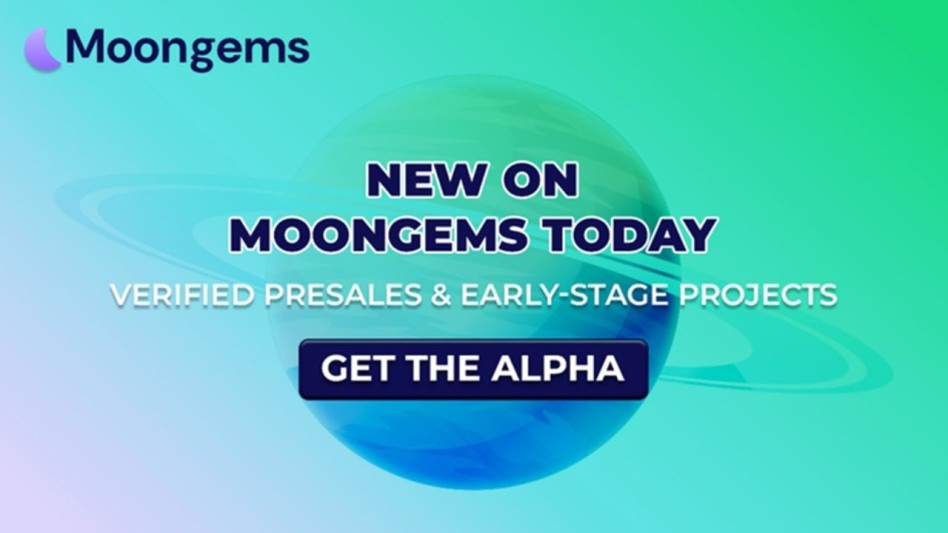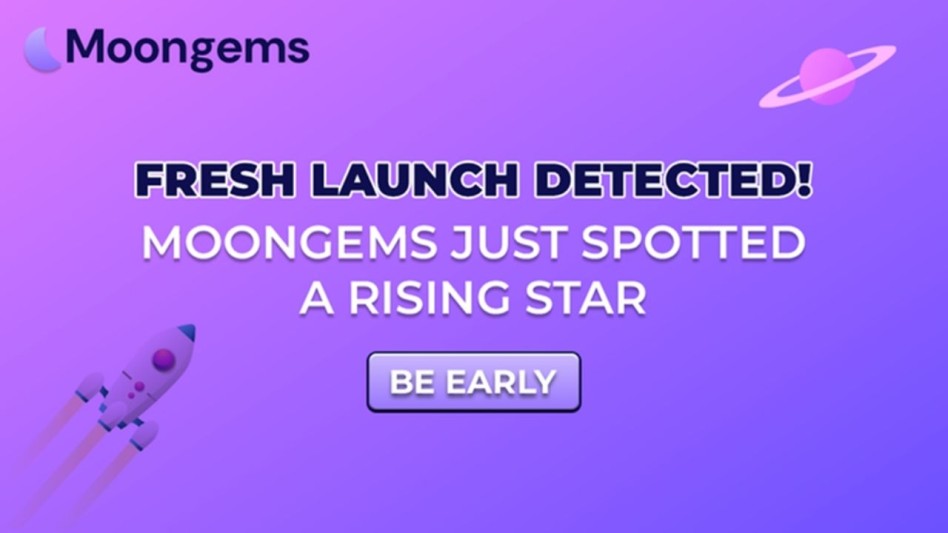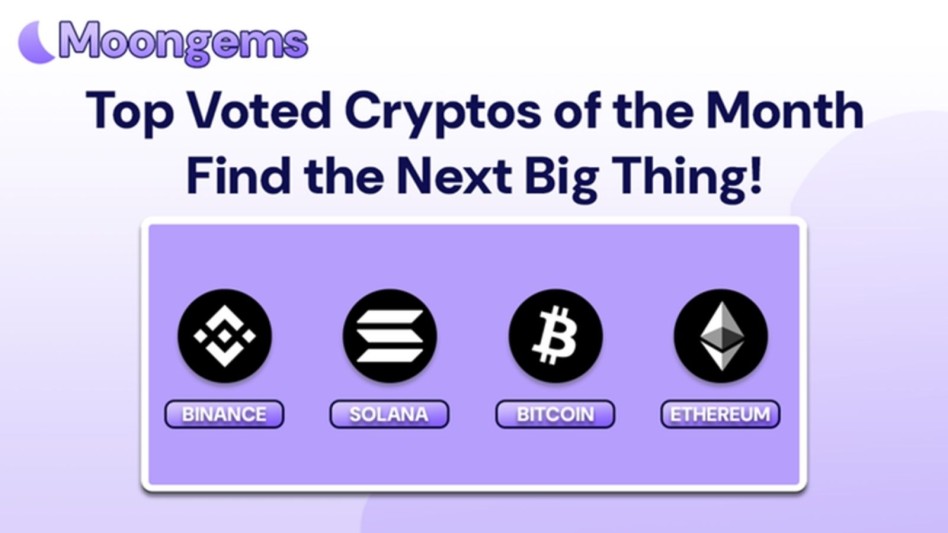Crypto presales in 2025 carried huge expectations. Many projects promised high returns, disruptive technology, and strong communities. Yet, a surprising number of them collapsed before reaching meaningful adoption. These failures are more than isolated missteps. They reveal systemic weaknesses in tokenomics, market timing, and trust.
Presales offer investors early access to tokens at discounted prices. They also give projects capital to build infrastructure and market their vision. But when promises outpace delivery, presales often set the stage for disappointment. Understanding why these early-stage launches flopped can help investors, students, and developers recognize red flags before committing resources.
The Allure of Presales
Presales are attractive because they combine exclusivity with potential upside. A token bought at $0.001 can multiply many times over if it lists on exchanges at a higher price. Marketing campaigns, influencer endorsements, and community hype amplify this appeal.
According to a Messari 2025 report, over $9 billion flowed into presales globally during the first half of the year. Yet, Chainalysis data shows that nearly 70% of these tokens underperformed within six months of launch. These numbers highlight the gap between investor expectations and actual outcomes.
Platforms like MoonGems have gained popularity for helping investors track presales, spot red flags, and compare token launches more effectively. Tools like these became essential in 2025’s crowded presale market.
Core Reasons Presales Fail
Weak TokenomicsTokenomics define supply, demand, and incentive mechanisms. Many presale failures in 2025 traced back to flawed economic design.
- Oversupply diluted token value.
- Inflationary reward models drained liquidity.
- Poor vesting schedules led to instant sell-offs by early participants.
A study from the University of Cambridge’s Centre for Alternative Finance showed that projects with lock-up periods under three months had a 40% higher likelihood of failure compared to those with longer vesting.
MoonGems’ advanced analytics flagged several projects with poorly designed tokenomics well before collapse, showing how on-chain scanners can serve as early warning systems.
Lack of Utility
Tokens need real use cases. Many presales launched with promises of future ecosystems but lacked functional products. Without staking, governance, or transaction roles, tokens became speculative chips.
As CoinDesk highlighted in mid-2025, “utility remains the defining line between short-term hype and long-term survival.”
Regulatory Pressures
Global regulators tightened their grip in 2025. The SEC pursued several token offerings for unregistered securities. Europe enforced its Markets in Crypto-Assets (MiCA) framework, while Asian regulators introduced stricter investor protections. Projects that failed to comply often shut down prematurely.
A PwC analysis noted that 30% of presales in Q2 2025 cited “regulatory uncertainty” as a primary reason for halting operations.
Poor Community Management
Hype can build momentum, but sustaining a loyal community requires consistent communication. Many failed projects ignored community concerns or failed to deliver regular updates. That silence fueled panic and sell-offs once tokens hit exchanges.
Crypto Twitter, Reddit, and Telegram groups remain influential. Analysts tracking sentiment on platforms like LunarCrush and MoonGems found that presale projects with negative community discussions were 3x more likely to collapse.
Post-Mortem Case Studies
Case Study 1: Oversupply Meets Weak Demand
A DeFi project launched in early 2025 with a massive presale allocation—70% of its total supply. Tokens flooded the market, and without sufficient demand, the price crashed by 85% within weeks. Exchanges delisted the token, leaving early investors with near-worthless assets.
Case Study 2: The Utility Mirage
Another project claimed its token would power a cross-chain payments network. Yet, the infrastructure wasn’t ready. The token launched without real-world use, and speculation alone couldn’t hold value. Liquidity pools dried up, and within months, the project’s treasury was depleted.
Case Study 3: Regulatory Shutdown
A gaming-focused presale attracted attention in Asia but failed to register under new local laws. Authorities issued a cease-and-desist, forcing exchanges to freeze trading. Despite strong initial demand, legal issues destroyed investor confidence.
The Role of Social Media and Analysts
Market psychology plays a powerful role in presale outcomes. Analysts on X (formerly Twitter) and Telegram often speculate about potential gains. In mid-2025, discussions around Solana’s price potential dominated community chatter. While Solana itself remained a strong network, smaller presales tried to ride that wave of optimism.
However, traders quickly separated substance from hype. Projects without transparent audits, roadmaps, or utility were heavily criticized. This negative sentiment spread fast, often accelerating the downfall. Tools like MoonGems, which track narrative shifts across social platforms, became vital for distinguishing between sustainable projects and hype-driven flops.
Key Indicators of Success or Failure
Liquidity and Volume
Healthy presales maintain strong liquidity after launch. Solana’s DeFi metrics in August 2025, for example, showed daily DEX volumes of $4.6 billion and a TVL near all-time highs at $11.7 billion. These numbers highlighted real capital engagement, something most presale failures lacked.
Token Distribution
Red flags appear when insiders hold disproportionate control. Projects with balanced token allocations and fair vesting schedules tend to last longer.
Security and Audits
Smart contract vulnerabilities remain a major risk. Hacken and CertiK data show that 2025 saw over $1.4 billion lost to exploits in unaudited contracts. Presales without third-party audits often suffered catastrophic breaches.
Transparency
Clear communication of roadmaps, partnerships, and treasury use builds trust. Failed presales often hid behind vague promises. MoonGems’ presale dashboards helped investors monitor project disclosures and compare transparency levels across competing tokens.
Lessons for Investors and Developers
For Investors
- Verify whether the project has been audited.
- Study tokenomics and vesting schedules.
- Analyze community sentiment on platforms like LunarCrush and MoonGems.
- Treat high bonuses with caution—they often signal dilution risks.
For Developers
- Launch with a working MVP before raising large presale capital.
- Prioritize compliance with regional regulations.
- Design sustainable tokenomics that prevent pump-and-dump cycles.
- Invest in community engagement and transparency.
Outlook for Presales in 2026
Presales are unlikely to disappear, but expectations will shift. Investors are becoming more sophisticated, regulators more vigilant, and developers more cautious. Future presales will need:
- Stronger compliance frameworks.
- Real-world utility at launch.
- Balanced token distribution models.
- Independent audits as standard practice.

As blockchain matures, presales will be judged not by hype but by fundamentals. Those that adapt stand a chance at lasting beyond the first six months of trading. Platforms like MoonGems will play a growing role in providing the presale intelligence investors need to stay ahead.
Frequently Asked Questions
Why do most presales fail?
They often fail due to weak tokenomics, lack of utility, regulatory issues, or poor community management.
-
How can investors spot a risky presale?
Red flags include no audits, vague roadmaps, and overly generous bonuses.
-
Are all presales scams?
Not all, but many fail due to poor planning or execution. Investors must research carefully.
-
What role does regulation play in presale outcomes?
Regulation can either provide legitimacy or shut projects down if rules are ignored.
-
How important is community sentiment?
Very important. Negative discussions on social media often precede token price collapses.
-
Do presales guarantee profits?
No. Many presales underperform despite early hype.
-
What is the safest way to participate in presales?
Stick to projects with audits, compliance, transparent teams, and real utility.
Glossary of Key Terms
- Tokenomics: The economic design of a cryptocurrency, including supply, demand, and incentives.
- DEX (Decentralized Exchange): A platform that allows peer-to-peer trading without intermediaries.
- Liquidity Pool: A pool of funds locked in smart contracts to facilitate decentralized trading.
- TVL (Total Value Locked): The total capital locked in a blockchain’s DeFi protocols.
- Vesting Schedule: A timeline that dictates when investors can sell or transfer their tokens.
- Audit: A review of smart contracts by third-party security firms.
- MiCA: Markets in Crypto-Assets regulation, the EU framework for digital assets.
- Utility Token: A token that provides access to products, services, or governance within a blockchain ecosystem.
- Presale: An early sale of tokens before they list on public exchanges.
- Cease-and-Desist: A legal order to halt operations or sales.
Disclaimer
This article is for educational purposes only and should not be taken as financial or investment advice. Cryptocurrency presales carry high risks, including potential loss of all invested capital. Always conduct your own research, use tools like MoonGems for presale analysis, and consult a licensed financial advisor before making investment decisions.












